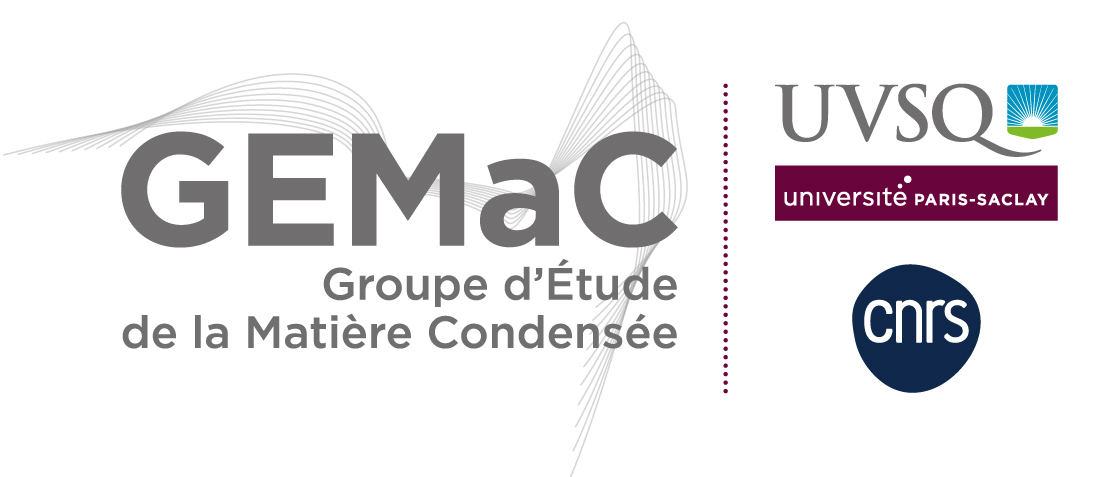Vous êtes ici : GEMACFRSéminaires et colloques
- Partager cette page :
- Version PDF
Contribution of Molecular Beam Epitaxy and Synchrotron facilities on Spintronics
par Stéphane Andrieu Spintronic and Nanomagnetism Group Institut Jean Lamour, Université de Lorraine /CNRS, BP 239, 54506 Vanduvre-lès-Nancy, FRANCE
The growth and control of thin magnetic films has enabled the emergence of new branches of physics like nanomagnetism and spintronics, which stimulate an intense and successful research activity both in fundamental and applied directions. The reduced size of films and devices yields to the occurrence of new magnetic behaviors not present in bulk materials. Similarly, a new electronics based on the use of the spin of the electron was born in the 80’s. The role of the Molecular Beam Epitaxy (MBE) was of prime importance in the development of these activities [1]. The discovery of new phenomena was often highlighted from the synthesis of perfectly controlled systems by MBE (GMR in Fe/Cr(001), Half-metal magnetic effect in LaSrMnO3, electric-field effect on magnetic anisotropy in FePt,…). Since the knowledge on the electronic properties of such thin films is crucial to understand the magnetic and electronic transport properties in these MBE-grown model systems, synchrotron radiation facilities were also used (XMCD, spin- and symmetry-resolved photoemission, diffraction,…). The strong impact of MBE growth and SR characterization in the understanding of fundamental issues in nanomagnetism and spintronics is then illustrated through the example of fully epitaxial MgO-based magnetic tunnel junctions (Fe/MgO, FeVx/MgO, FeCox/MgO, Co2FeGe/MgO, Co2MnSi/MgO…).
[1] " MBE: From Quantum Wells to Quantum Dots. From Research to Mass Production"
Chapter 20 : Epitaxial Magnetic Layers Grown by MBE : Model Systems to Study the Physics in Nanomagnetism and Spintronic, K. Dumesnil & S. Andrieu, Ed. M. Henini, ELSEVIER (2012)
[1] " MBE: From Quantum Wells to Quantum Dots. From Research to Mass Production"
Chapter 20 : Epitaxial Magnetic Layers Grown by MBE : Model Systems to Study the Physics in Nanomagnetism and Spintronic, K. Dumesnil & S. Andrieu, Ed. M. Henini, ELSEVIER (2012)
- Revenir à la liste complète des séminaires





